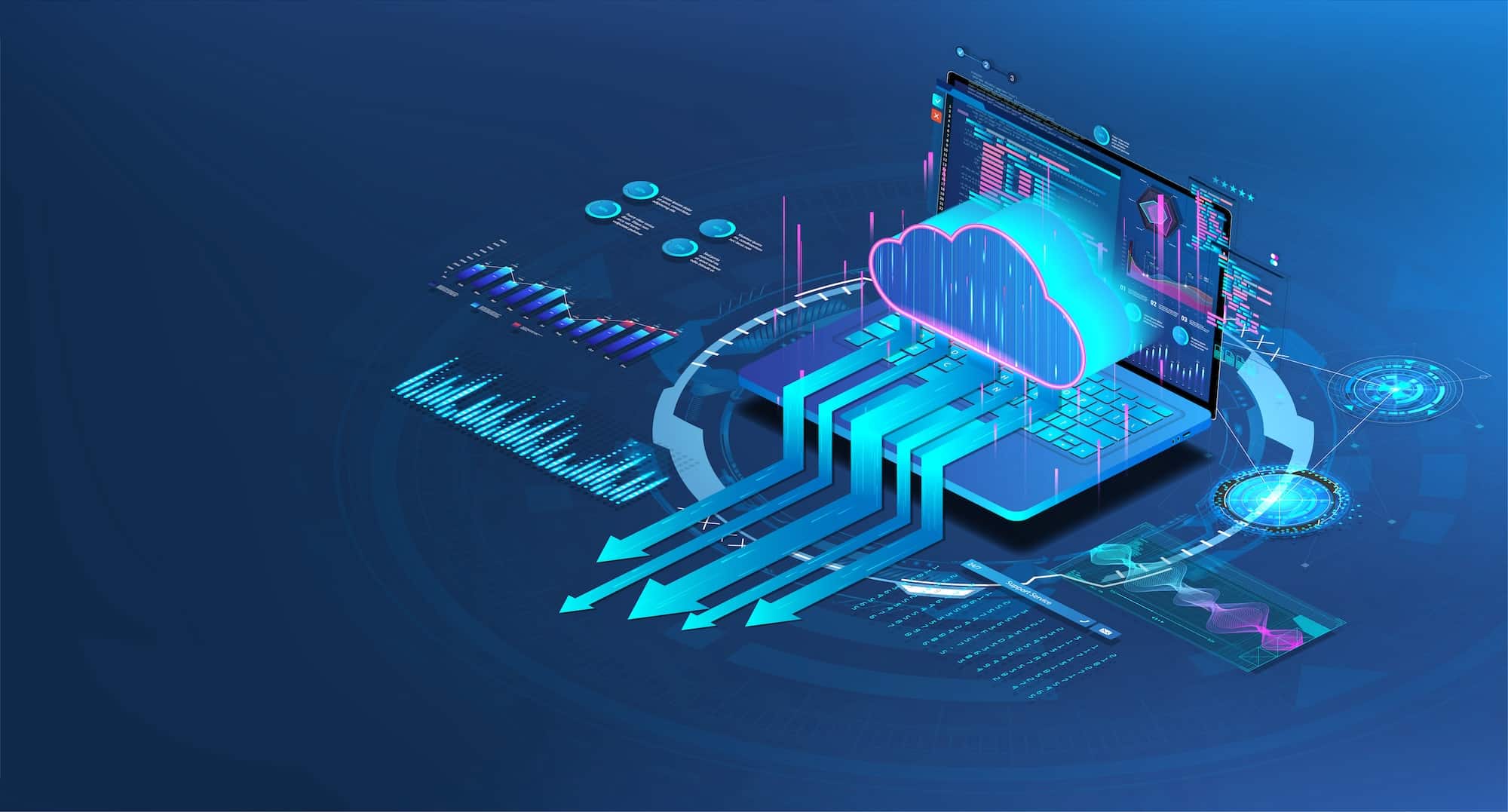As businesses grow, the complexity of managing human resources (HR) functions increases exponentially. From recruitment and onboarding to performance management and payroll processing, the demands on HR departments can become overwhelming. This is where cloud-based HR systems come into play. These systems offer a range of benefits that can streamline HR processes, enhance efficiency, and support the scalability of growing businesses. This blog explores the numerous advantages of cloud-based HR systems and how they can be a game-changer for expanding companies.
What Are Cloud-Based HR Systems?
Cloud-based HR systems, also known as Human Resource Management Systems (HRMS) or Human Capital Management (HCM) systems, are software solutions hosted on remote servers. These systems provide a comprehensive suite of HR tools and functionalities accessible via the internet. Unlike traditional on-premises HR software, cloud-based systems offer greater flexibility, scalability, and ease of use, making them particularly well-suited for growing businesses.
8 Key Benefits of Cloud-Based HR Systems
1. Scalability
One of the most significant advantages of cloud-based HR systems is their scalability. As a business grows, its HR needs to evolve. Cloud-based systems can easily scale to accommodate an increasing number of employees, new locations, and additional HR functions. This scalability ensures that the HR system can grow alongside the business without requiring significant investments in new infrastructure or software.
2. Cost Efficiency
Cloud-based HR systems typically operate on a subscription-based pricing model, which can be more cost-effective than purchasing and maintaining on-premises software. This model eliminates the need for significant upfront investments in hardware and software. Additionally, cloud-based systems reduce the costs associated with system maintenance, upgrades, and IT support, as these responsibilities are handled by the service provider.
3. Accessibility and Flexibility
Cloud-based HR systems offer unparalleled accessibility. Employees and HR professionals can access the system from anywhere with an internet connection, making it easier to manage HR functions across multiple locations and remote work environments. This flexibility is particularly valuable for growing businesses with dispersed teams or plans to expand geographically.
4. Improved Data Security
Data security is a critical concern for any business, especially when handling sensitive employee information. Cloud-based HR systems often offer advanced security measures, including encryption, regular security audits, and compliance with industry standards and regulations. Service providers invest heavily in security infrastructure and practices, ensuring that data is protected against breaches and unauthorized access.
5. Enhanced Collaboration and Communication
Cloud-based HR systems facilitate better collaboration and communication within the organization. Employees can easily access and update their information, request leave, and view company policies through a self-service portal. HR professionals can share documents, track workflows, and communicate more efficiently with employees and management. This increased transparency and accessibility help streamline HR processes and improve overall productivity.
6. Automated Processes and Reduced Administrative Burden
One of the primary benefits of cloud-based HR systems is the automation of routine HR tasks. Functions such as payroll processing, benefits administration, and performance management can be automated, reducing the administrative burden on HR staff. Automation not only saves time but also minimizes the risk of errors associated with manual data entry and processing.
7. Real-Time Analytics and Reporting
Cloud-based HR systems provide real-time access to data and analytics, enabling HR professionals to make informed decisions based on up-to-date information. These systems offer customizable dashboards and reporting tools that can track key HR metrics, such as employee turnover, attendance, and performance. Real-time insights help identify trends, address issues promptly, and develop data-driven HR strategies.
8. Seamless Integration with Other Systems
Cloud-based HR systems can easily integrate with other business applications, such as payroll software, time and attendance systems, and accounting platforms. This seamless integration ensures that data flows smoothly between different systems, reducing duplication of efforts and improving data accuracy. Integration also enhances the overall efficiency of business operations by providing a unified view of HR and financial data.
How to Implement Cloud-Based HR Systems
While the benefits of cloud-based HR systems are clear, successful implementation requires careful planning and execution. Here are some best practices for implementing these systems in a growing business:
1. Assess Your HR Needs
Before selecting a cloud-based HR system, assess your current HR needs and identify the specific functionalities and features required. Consider factors such as the size of your workforce, the complexity of HR processes, and your growth projections.
2. Choose the Right Vendor
Select a reputable vendor with a proven track record in providing cloud-based HR solutions. Evaluate vendors based on their offerings, customer support, security measures, and scalability. Request demos and seek feedback from other businesses to make an informed decision.
3. Plan for Data Migration
Migrating data from existing HR systems to a cloud-based platform can be challenging. Develop a detailed data migration plan, including data cleansing, mapping, and validation processes. Ensure that all historical and current data is accurately transferred to the new system.
4. Train Your HR Team
Provide comprehensive training to your HR team on how to use the new system effectively. Training should cover all aspects of the system, from basic functionalities to advanced features. Encourage ongoing learning to ensure that your team can fully leverage the capabilities of the cloud-based HR system.
5. Communicate with Employees
Communicate the benefits of the new system to employees and provide training on how to use the self-service portal. Address any concerns and ensure that employees understand how the system will improve HR processes and enhance their work experience.
6. Monitor and Evaluate
After implementation, continuously monitor the performance of the cloud-based HR system and gather feedback from users. Regularly evaluate the system’s effectiveness in meeting your HR needs and make necessary adjustments to optimize its use.
Cloud-based HR systems offer a multitude of benefits for growing businesses. Implementing a cloud-based HR system with careful planning and adherence to best practices can transform HR operations and support the dynamic needs of a growing organization. Investing in such technology is not just a step towards modernization, which is increasingly necessary, but a strategic move that can significantly impact the long-term success of a business.
Enjoy services specifically tailored to meet the needs of small and medium-sized businesses like yours.






























